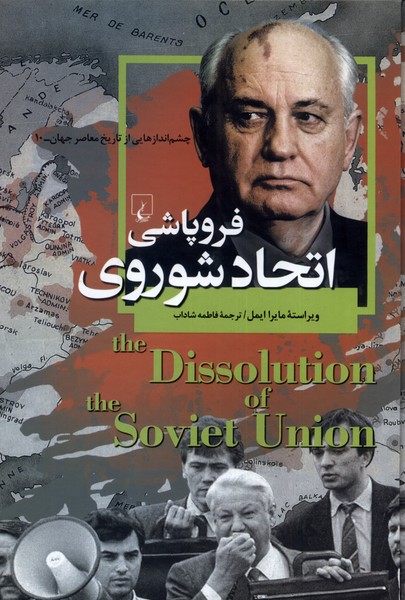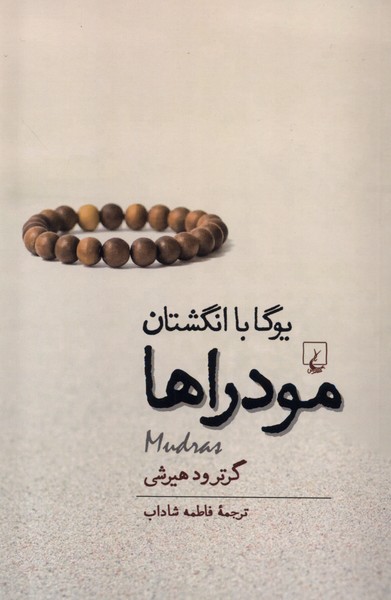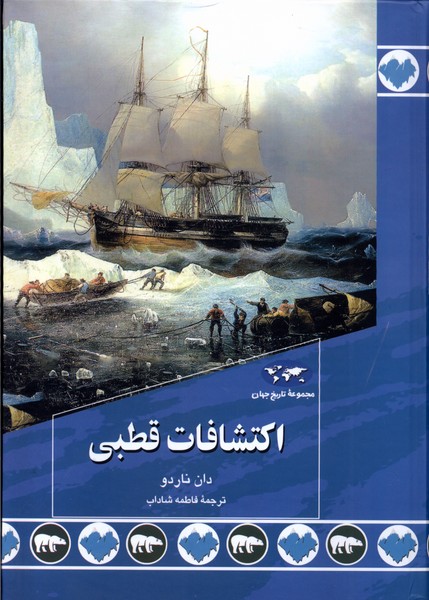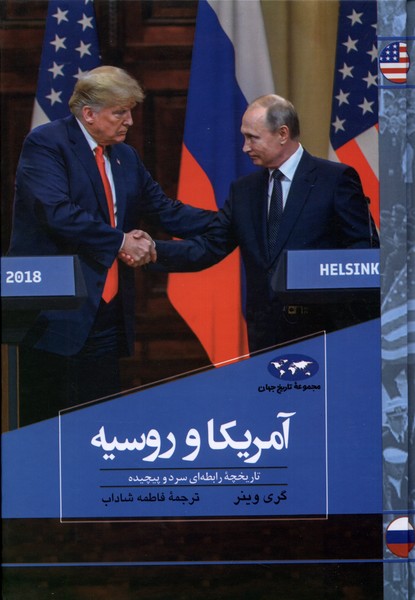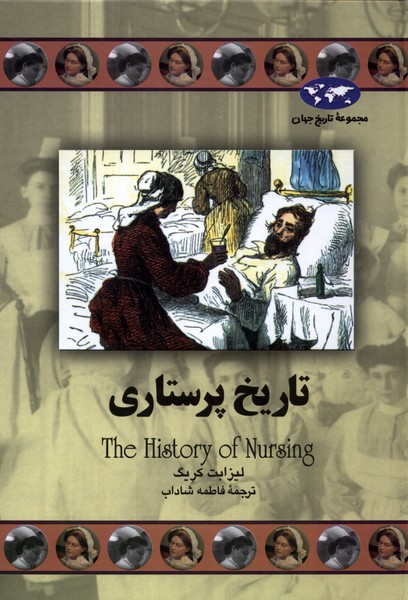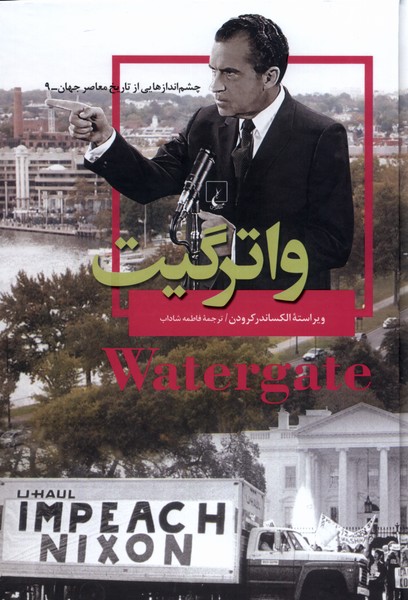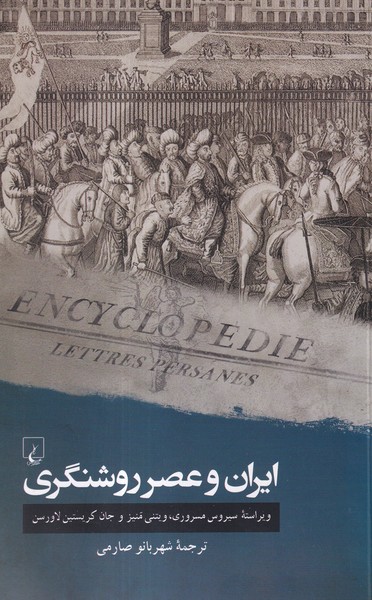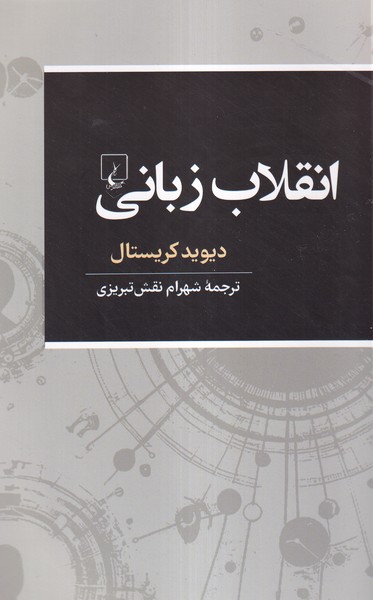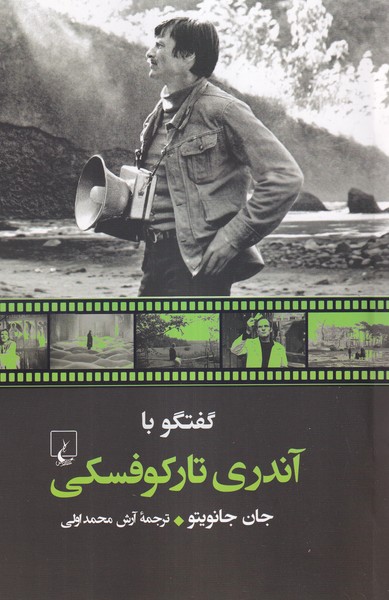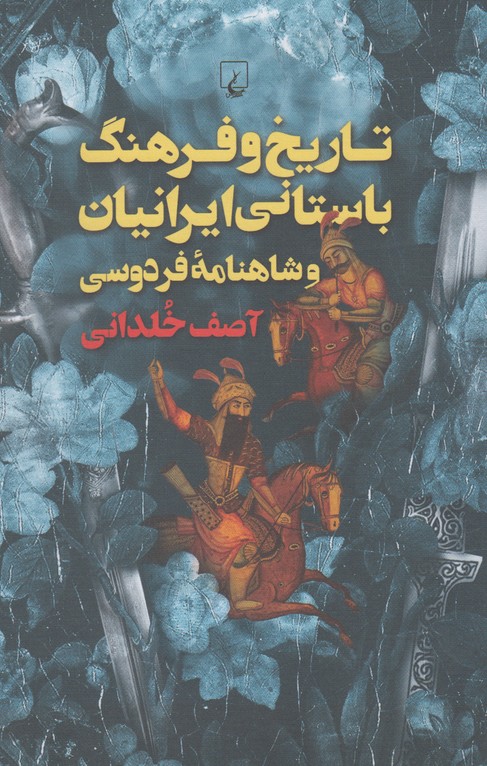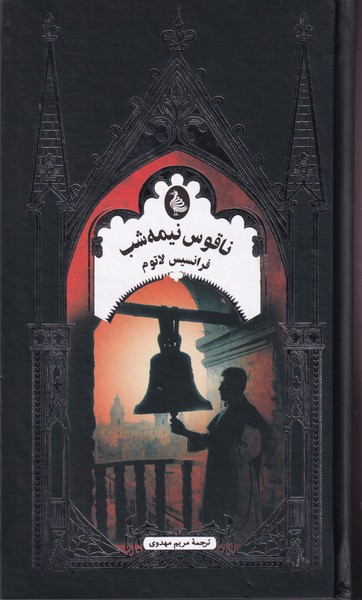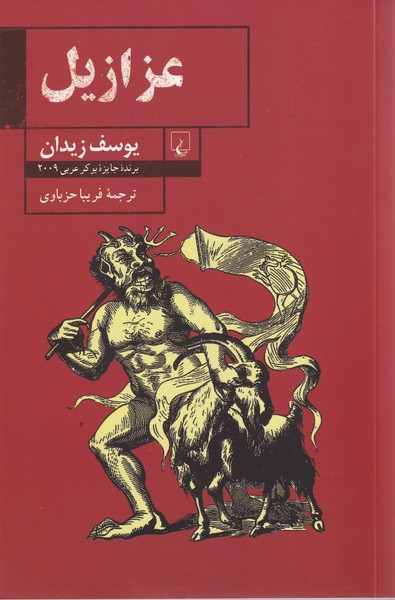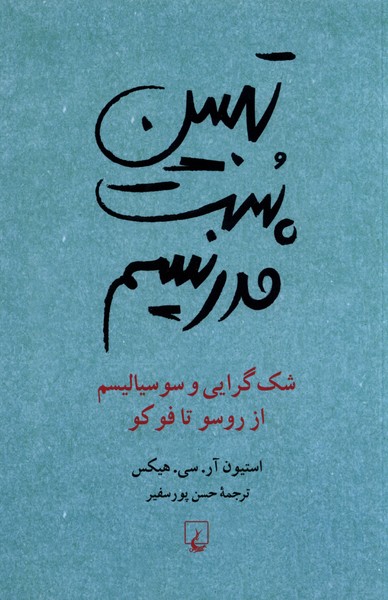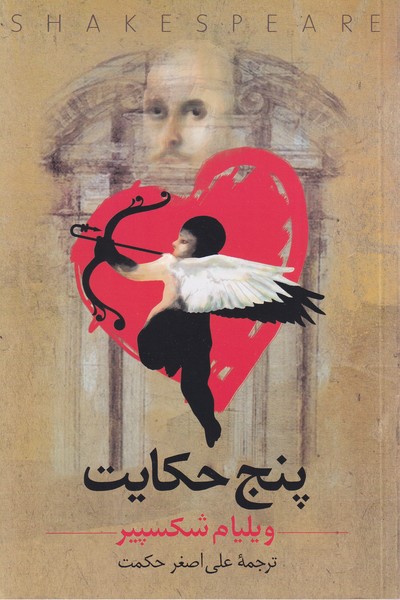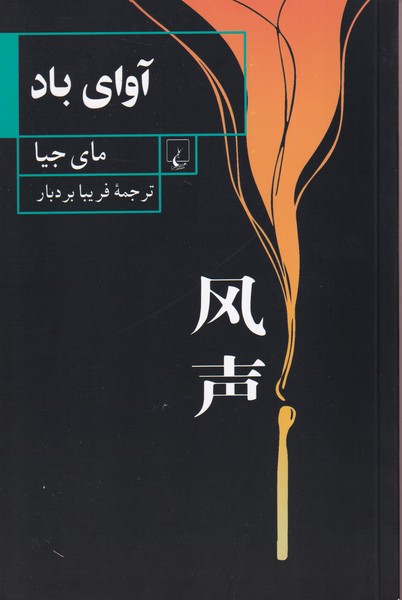Furūpāshī-yi itiḥād-i Shuravī (chishm'andāz'hā-yī az tārīkh): Persian 1401
فروپاشی اتحاد شوروی (چشم اندازهایی از تاریخ)
205 SEK
Share
Wishlist
Original Title:
The Dissolution of the Soviet Union
ISBN:
9786220404552
Translator:
Fāṭimah Shādāb
Publisher:
Quqnus
Age Group:
Adult
Pages:
183
Weight:
484 g
Dimensions:
18 x 25 x 2.5 cm
Book Cover:
Hard Cover
On December 25, 1991, the Soviet hammer and sickle flag were lowered over the Kremlin for the last time and replaced by the Russian tricolor. Mikhail Gorbachev resigned as President of the Soviet Union, appointing Boris Yeltsin as the new President of Russia.
Vladimir Lenin, the architect and the first leader of the Soviet Union, believed that nationalism would fade in the shadow of communism and that the unified Soviet nation would finally emerge. But it turned out that Lenin was wrong. In the 1980s and 1990s and 1991s, nationality and nationalism were the most important issues faced by Soviet leader Mikhail Gorbachev.
Almost after the revolution of 1917, the issue of ethnic groups in the Soviet Union was an unpleasant truth hidden behind the legend of the union of 15 republics and 100 nations under the banner of communist ideology. What brought Uzbeks, Tajiks, Azeris, Ukrainians, Georgians, Estonians, Latvians, and many other ethnic groups together was not the common interest, but the political philosophy that was imposed on them. Now this political philosophy has gradually lost color... and the dream has been replaced by the old enjoyment of freedom and the hostilities that existed before between different religions and ethnic groups.
more
در 25 دسامبر 1991، پرچم چکش و داس شوروی برای آخرین بار بر فراز کرملین پایین آمد و پس از آن با سه رنگ روسیه جایگزین شد. میخائیل گورباچف از سمت خود به عنوان رئیس جمهور اتحاد جماهیر شوروی استعفا داد و بوریس یلتسین را به عنوان رئیس جمهور جدید روسیه انتهاب کرد.
ولادیمیر لنین، معمار و اولین رهبر اتحاد شوروی، معتقد بود ملیگرایی در سایۀ کمونیسم رنگ میبازد و سرانجام ملت یکپارچۀ شوروی ظهور میکند. اما معلوم شد لنین اشتباه میکرده است. در دهۀ 1980 و سالهای 1990 و 1991 ملیت و ملیگرایی مهمترین مسائلی بود که میخائیل گورباچف رهبر شوروی با آنها مواجه بود.
تقریبا بعد از انقلاب سال 1917، موضوع اقوام در اتحاد شوروی حقیقتی ناخوشایند بود که پشت افسانۀ اتحاد 15 جمهوری و 100 قوم تحت لوای ایدئولوژی کمونیستی پنهان شده بود. آنچه باعث اتحاد ازبکها، تاجیکها، آذریها، اوکراینیها، گرجیها، استونیاییها، لتونیاییها و گروههای متعدد قومی دیگر میشد منفعت مشترک نبود بلکه فلسفۀ سیاسیای بود که به آنها تحمیل شده بود.حالا این فلسفۀ سیاسی به تدریج رنگ باخته است... و رویای قدیمی برخورداری از آزادی و دشمنیهایی که از قبل بین ادیان و گروههای قومی مختلف وجود داشته جایگزین آن شده است.
more

